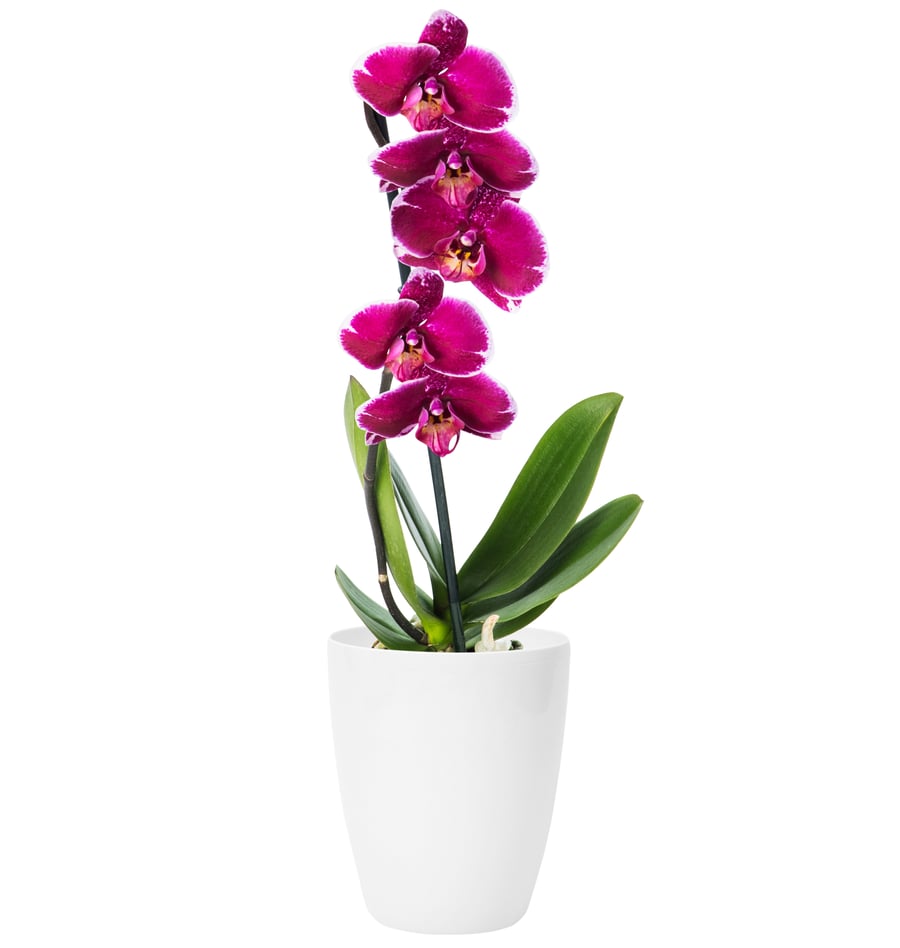
Let's be real - I killed my first three orchids. Drowned them, actually, thinking they needed as much water as my peace lily. But after a decade of trial, error, and more than a few heartbreaks, I've cracked the code to keeping these supposedly fussy flowers happy and blooming.
First things first: forget everything you've heard about orchids being difficult. They're not high-maintenance divas – they're just misunderstood tropical plants trying to survive our less-than-tropical homes.
The Secret Life of Orchids
In the wild, these beauties grow clinging to trees, not buried in pots of soil. They're used to their roots getting wet, then drying out, then getting wet again. Think morning dew and afternoon sun, not swamp conditions. This explains why most of us kill them with kindness – aka overwatering.
Water Wisdom
Here's my lazy-but-foolproof watering trick: stick your finger in the bark mix. If it feels moist, walk away. If it's dry, give it a good soak in the sink, let it drain completely, then put it back in its spot. That's it. No measuring, no schedules, no ice cubes (seriously, who came up with that?).
Finding Their Sweet Spot
Your orchid wants what we all want – a cozy spot with good light but not too much sun. An east-facing window is perfect. If the leaves are getting reddish, they're getting sunburned. Too dark green? They need more light. You're looking for that happy medium, like finding the perfect reading nook.
Feeding Time
Don't overthink fertilizing. I use orchid food at quarter strength whenever I remember, which is about every other watering during growing season. Skip it entirely when the plant's resting after bloom. Think of it as a light snack, not a feast.
The Rest Period
When the flowers fade and fall, your orchid isn't dying – it's napping. Keep watering and giving it light, and it'll bloom again when it's good and ready. Mine usually take about 6-8 months between shows, but each one's different.
The Repotting Dance
Every couple of years, when the bark mix starts breaking down, it's time for fresh digs. Wait until after blooming, get some new orchid mix, and make the switch. If you're nervous about this part, just remember: in nature, these plants survive tropical storms. They can handle you being a bit clumsy with their roots.
When Things Go Wrong
Yellow bottom leaves? Normal aging. Wrinkled leaves? Thirsty plant. Buds dropping? It's probably pouting about a draft or a sudden move. Most orchid problems can be solved by adjusting water, light, or location.
The Real Secret
Here's what nobody tells you: the key to growing orchids isn't having a green thumb – it's having patience. These aren't instant-gratification plants. They bloom on their own schedule, and the waiting makes the flowers that much sweeter when they appear.




























0 Comments